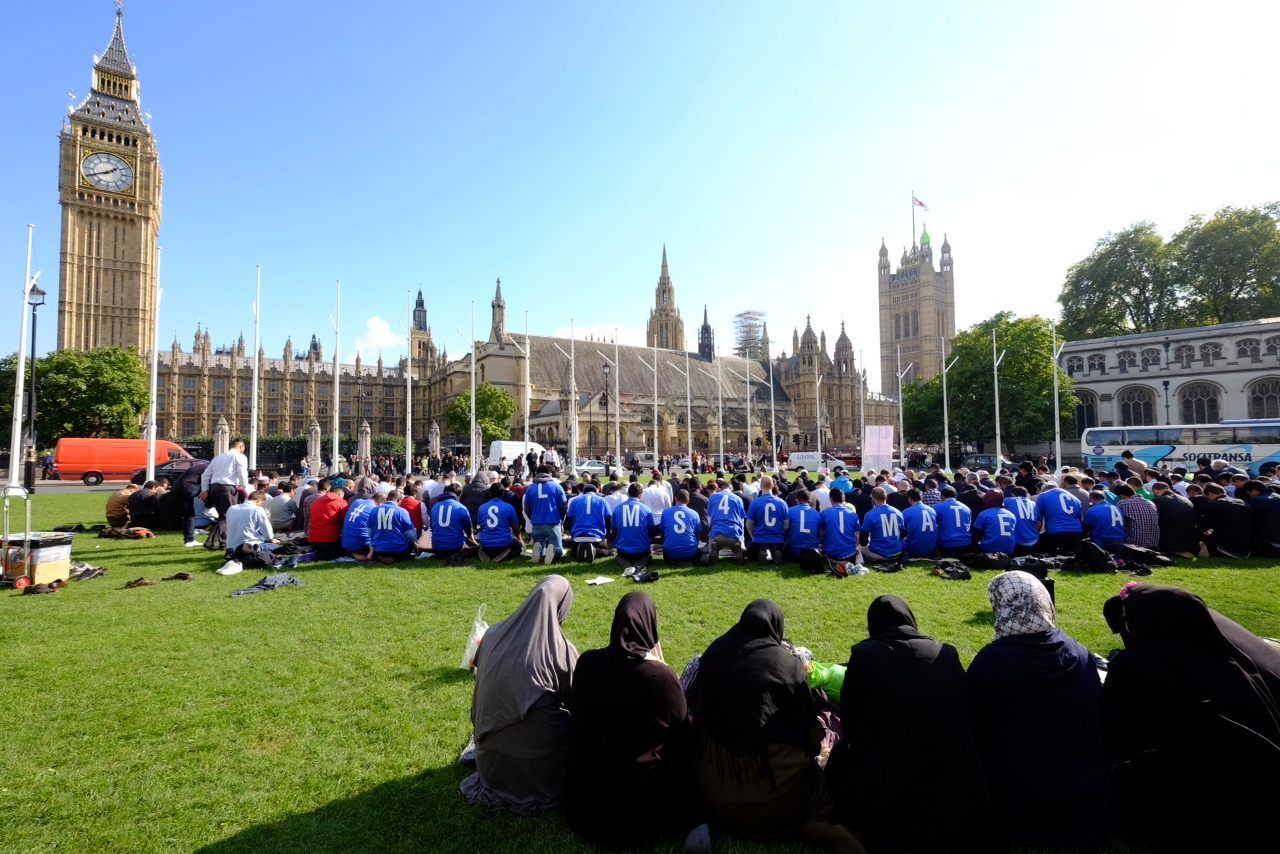Alwaght- Europe’s Muslim population will multiply and reach over 76 million by 2050 from the current 25 million.
A revealing survey by Pew Research Center, ‘Europe’s Growing Muslim Population’, looks at the future of the 25.8 million Muslims currently residing in European countries. Citing a comprehensive swath of data, it is an attempt to see how the size of Europe’s Muslim population may change in the coming decades, depending on levels of migration.
All three scenarios – zero, moderate and high – considered by researchers produced a thought-provoking outcome: the number of Muslims in Europe will rise at any rate of migration, as they are younger and “have higher fertility (one child more per woman, on average) than other Europeans, mirroring a global pattern.”
Zero migration scenario
Under a first, “zero migration” scenario, the Muslim population of Europe still would be expected to rise from the current level of 4.9 percent to 7.4 percent (roughly 36 million) by the year 2050 even “if all migration into Europe were to immediately and permanently stop.”
A second, “medium” migration scenario assumes that the flows of refugees stop, but “regular” migrants continue to come for reasons other than fleeing wars and instability. Under these conditions, Muslims could comprise 11.2 percent (59 million) of Europe’s population in 2050.
In a third, “high” migration scenario, the heavy influx of predominantly Muslim migrants recorded between 2014 and 2016 continues indefinitely. In this case, Muslims could make up 14 percent (75 million) of Europe’s population by 2050 – nearly triple the current figure.
Sweden’s Muslim population to rise sharply
Should that happen, several major European countries are expected to shoulder most of the burden. In Sweden, nearly a third of the population (4.5 million, or 30 percent) would be Muslims, whereas in Austria and Germany Muslims would represent up to 19 percent of the population.
Also, if high migration continues until 2050, Britain’s Muslim share will grow to 17.2 percent, Finland’s to 15 percent and Norway’s to 17 percent.
“While Europe’s Muslim population is expected to grow in all three scenarios - and more than double in the medium and high migration scenarios – Europe’s non-Muslims, on the other hand, are projected to decline in total number in each scenario,” says the Pew report.
Diverse Muslim population
Interestingly, researchers noted that while Europe’s Muslim population is diverse, comprising Muslims born in Europe and in non-European countries, its self-identification still plays a role. “Levels of religious commitment and belief vary among Europe’s Muslim populations,” the report said.
Researchers said it was difficult – if not impossible – to predict future migration levels. “Although none of these scenarios will play out exactly as projected, each provides a set of rough parameters from which to imagine other possible outcomes,” the study added.
Native Europeans wary of Muslims
There has been a heavy influx of migrants to Europe over the past two years, with Germany and Central European nations most affected, along with arrival points such as Italy and Greece.
Previous polls suggested the majority of native Europeans are wary of Muslim immigration. In August this year, Germany’s Bertelsmann Foundation found that every fifth European citizen does not want Muslims as neighbors. A February study by the UK-based think tank Chatham House revealed that an average of 55 percent of people in 10 European countries “agreed that all further migration from mainly Muslim countries should be halted.”



























